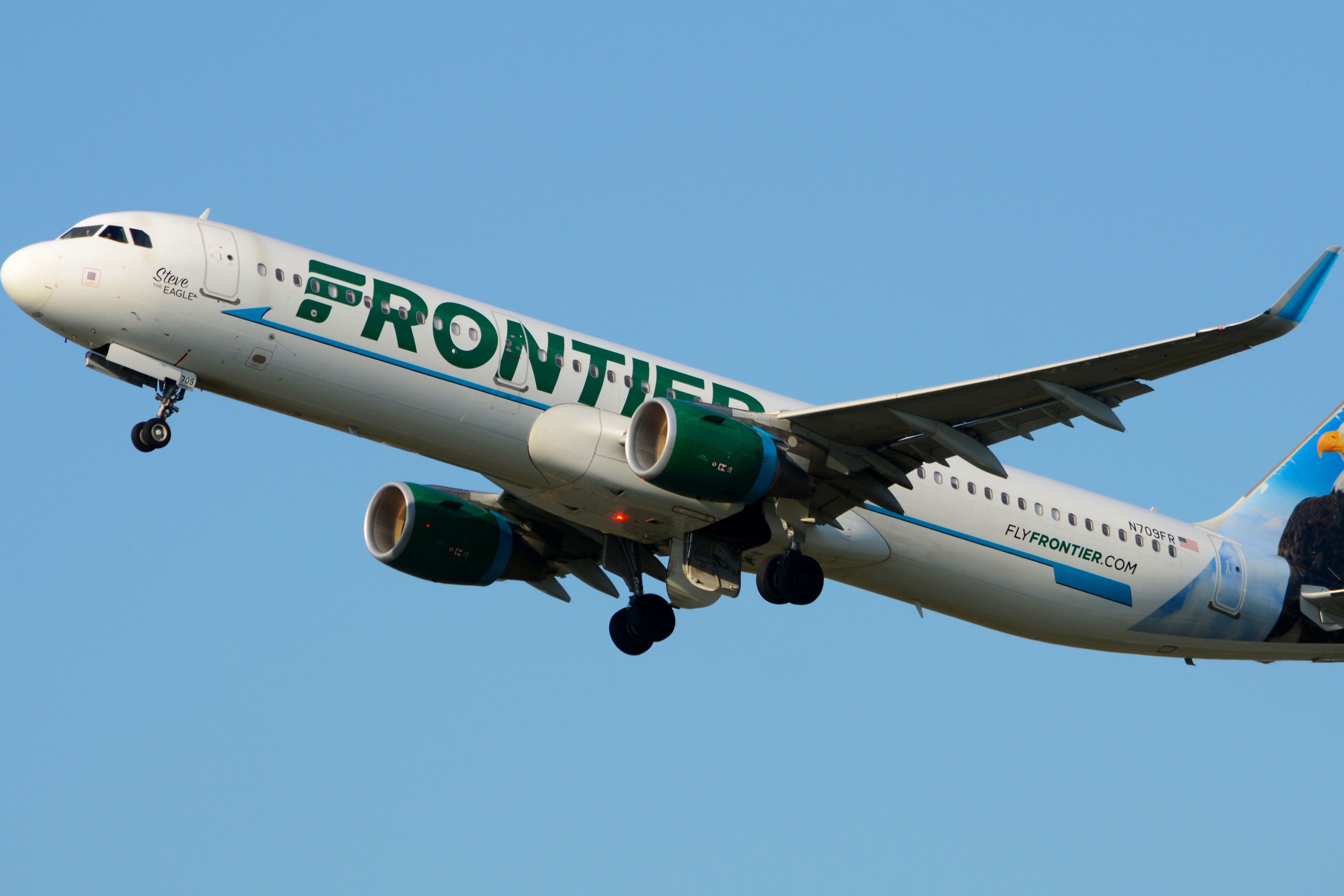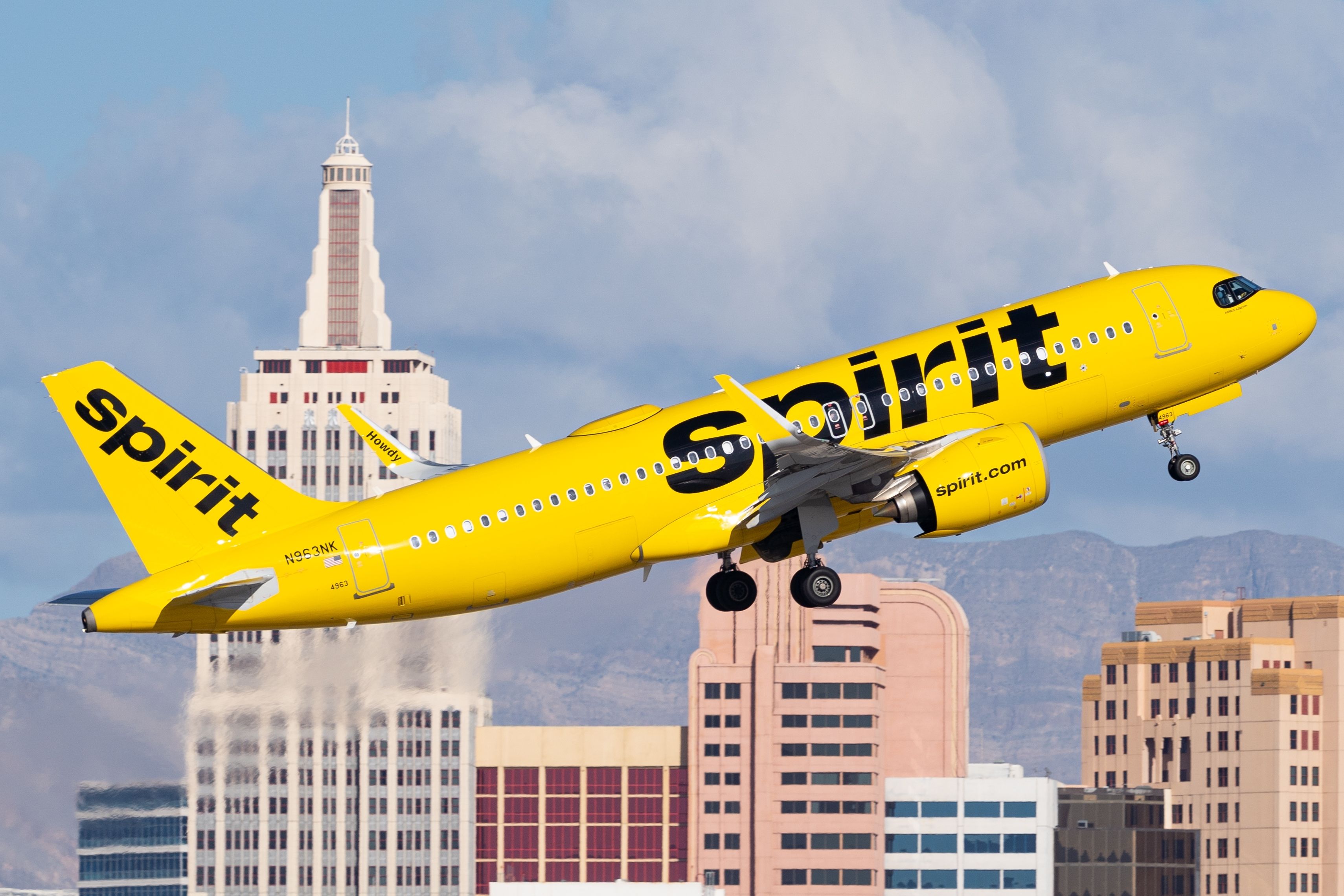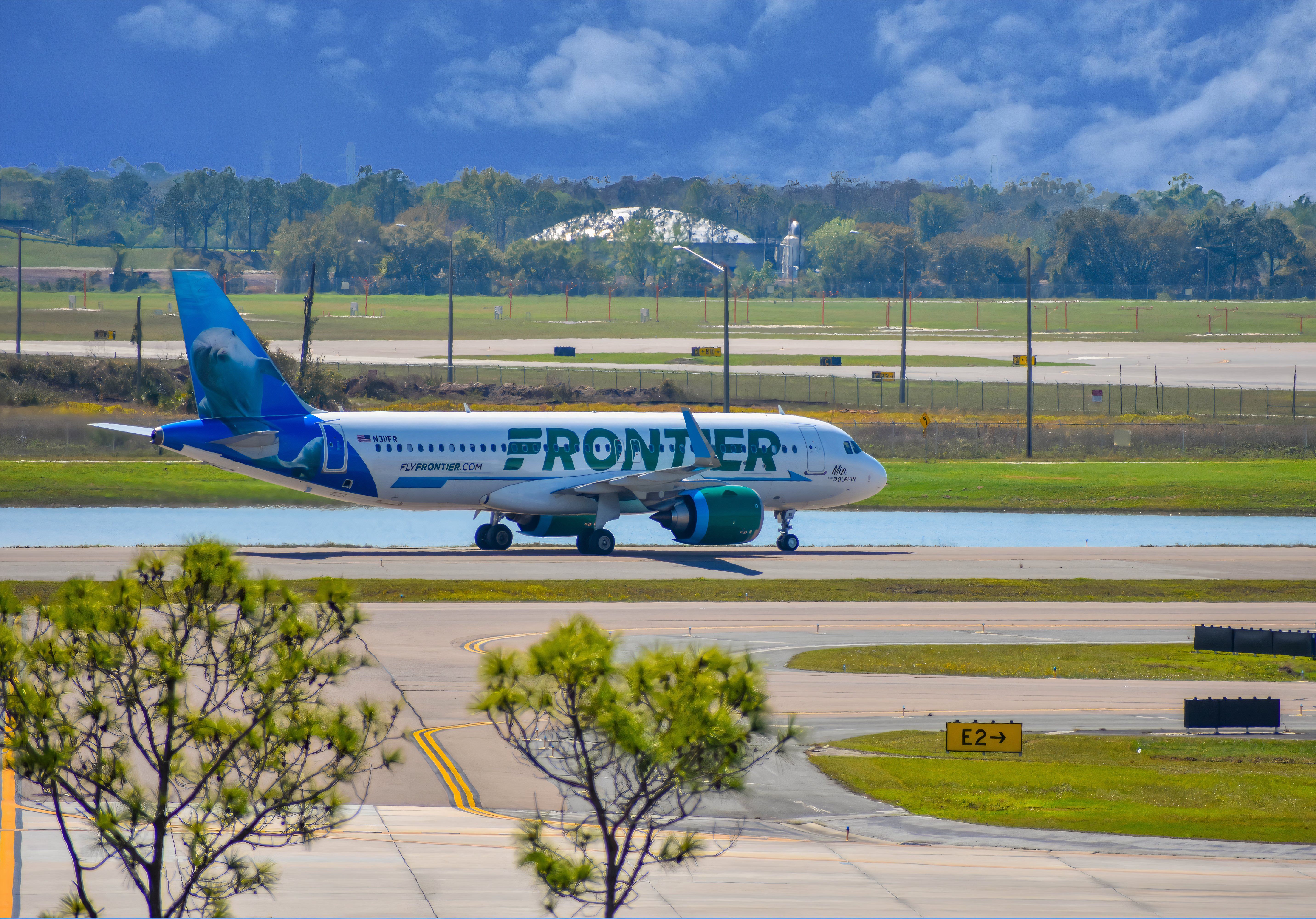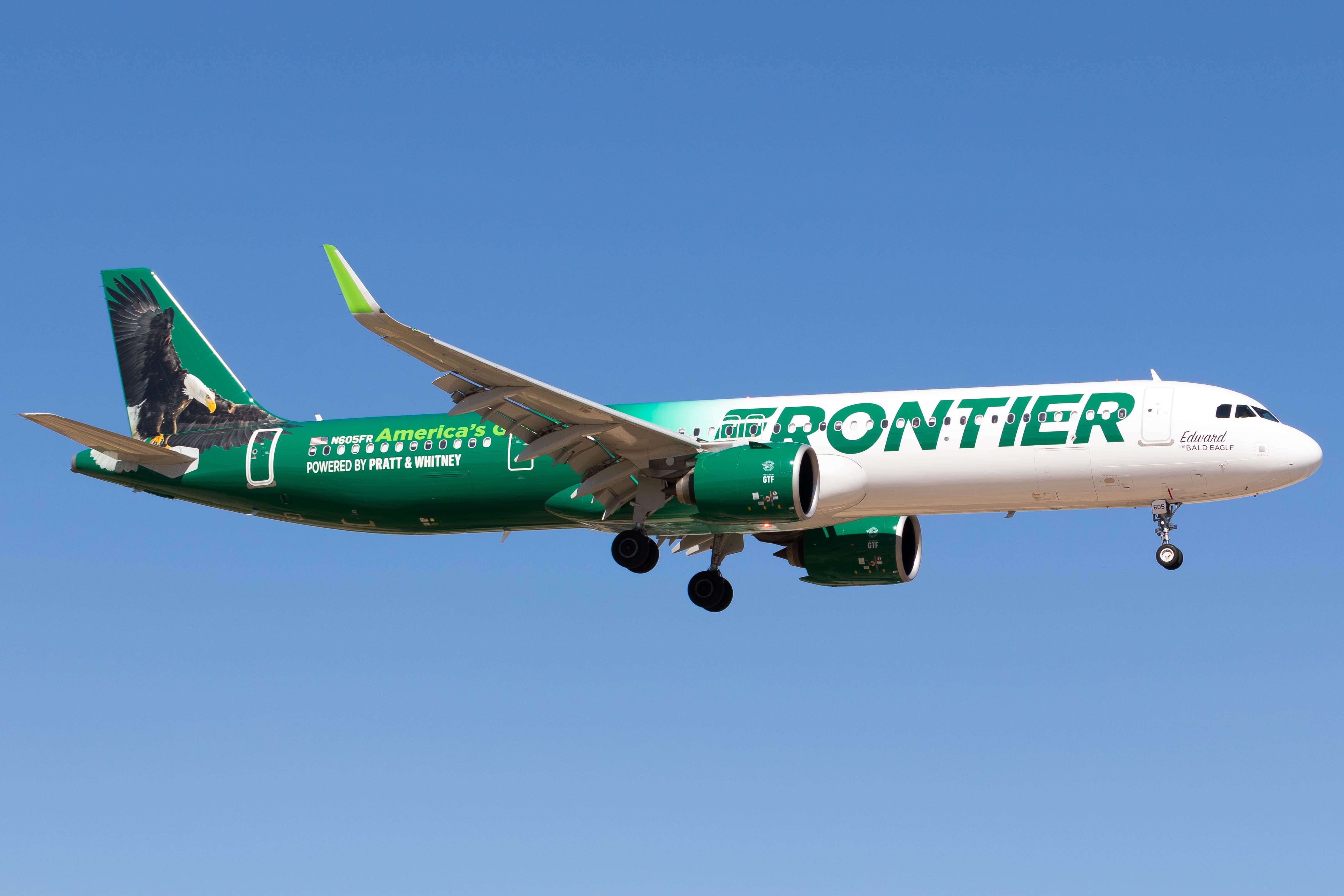Reports over the past two weeks have indicated that American ultra-low-cost carrier Spirit Airlines
might be in the middle of new talks regarding yet another merger, with its latest failed attempt to join forces with JetBlue still fresh in the market’s memory. Just months after the Department of Justice formally struck down JetBlue’s nearly $4 billion purchase of Spirit Airline in March, the carrier has reportedly entered talks with rival ultra-low-cost carrier Frontier Airlines
to begin exploring the possibility of yet another merger.
If Spirit and Frontier were to join forces, it would become the nation’s largest ultra-low-cost airline, and the fifth-largest overall behind legacy airlines United Airlines, American Airlines, and Delta Air Lines as well as mid-market leisure-oriented airline Southwest Airlines. There are arguments both in favor of and against a merger between two of America’s largest no-frills carriers, with proponents pointing towards the new carrier’s potential competitive advantage and critics pointing to a further lack of competition that would be created in an already heavily consolidated industry.
At the end of the day, Spirit Airlines is struggling immensely, and the airline has been forced to cut routes and lay off staff multiple times due to struggles involving grounded aircraft, manufacturer delays, and other engine issues. The airline’s famous unit cost advantage, which helped propel it to success in its early years, has dissipated, and Spirit is facing financial difficulties.
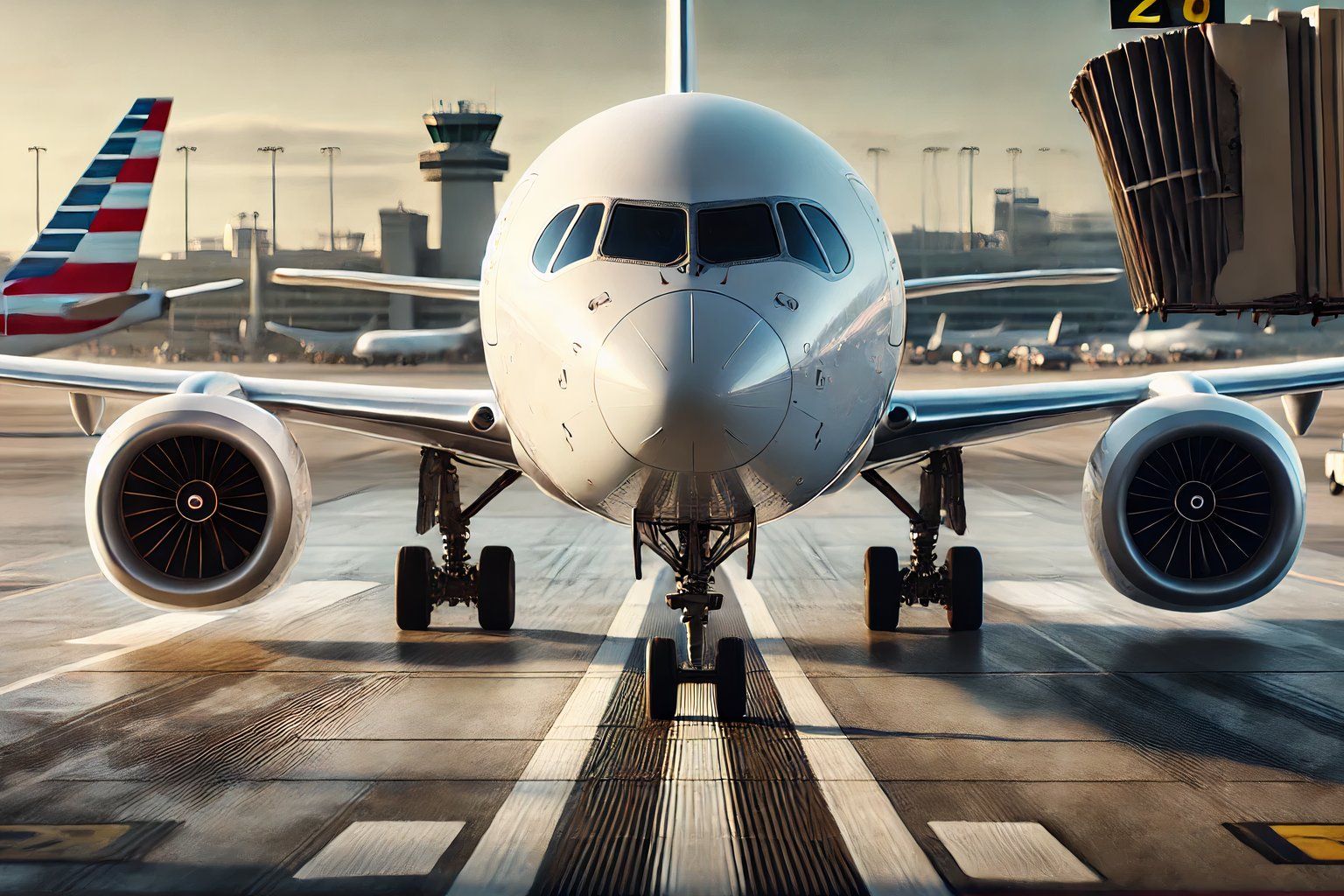
According to Travel and Leisure, many financial analysts have indicated that the airline could be set to face possible bankruptcy if it does not significantly and dramatically downsize its operations, something that would certainly harm passengers and weaken competition within the market. Let’s take a deeper look at this latest potential merger, and examine what major effects a merger between Spirit and Frontier could have on the commercial aviation industry in the United States as a whole.
Photo: Catharine Pierce | Shutterstock
The two airlines currently operate similar business models with slightly different target markets
It is important to note that for the majority of their existence, both Spirit Airlines and Frontier Airlines have operated as classic examples of ultra-low-cost carriers, which have historically provided passengers with a skin-and-bones product at the lowest possible fare. In recent months, this has changed slightly, with Frontier overhauling its business model to promote a more passenger-friendly experience with more included in a basic ticket and fewer additional fees, a move intended to better compete with legacy airlines.
Photo: GingChen | Shutterstock
However, it is important to note that, despite having extremely similar operational models, both Spirit Airlines and Frontier Airlines serve slightly different markets. Spirit Airlines has historically thrived as a leisure carrier connecting cities in the Eastern and Midwestern United States with sunny vacation destinations in the American South as well as in Mexico and the Caribbean. The airline’s route network today has evolved beyond this original model, but echoes of it still exist in the airline’s operating base network today. All of the following facilities remain Spirit Airlines operating bases:
- Atlanta Hartsfield-Jackson International Airport (ATL)
- Chicago-O’Hare Airport (ORD)
- Dallas/Fort Worth Airport (DFW)
- Detroit Metropolitan Wayne County Airport (DTW)
- Fort Lauderdale-Hollywood International Airport (FLL)
- Houston Intercontinental Airport (IAH)
- Harry Reid International Airport (LAS) in Las Vegas
- Miami International Airport (MIA)
- Newark Liberty International Airport (EWR)
- Orlando International Airport (MCO)
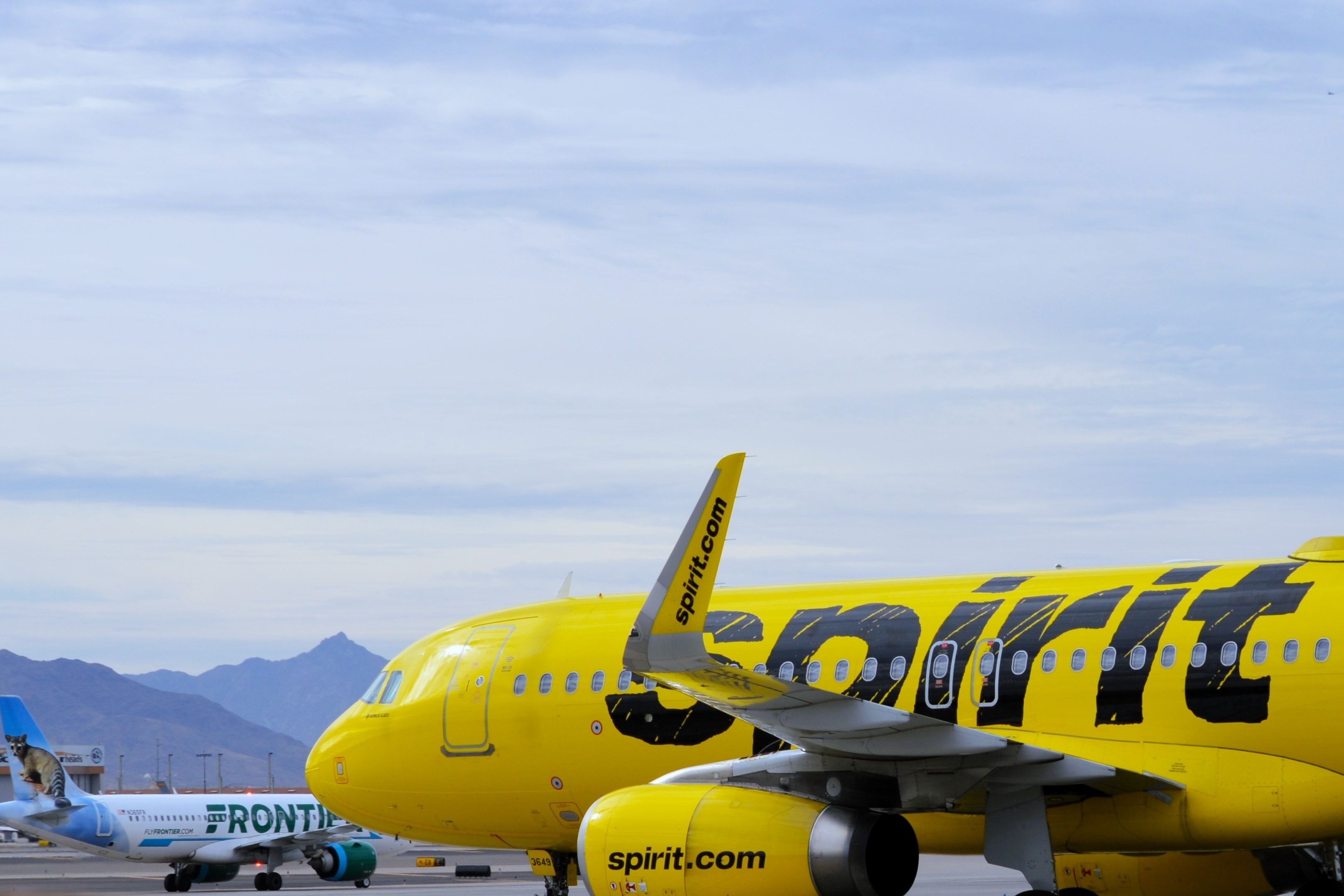
Related
Frontier Airlines Eyeing Spirit Airlines Acquisition
The airlines’ previous merger agreement collapsed when JetBlue swooped in with a higher offer to Spirit Airlines’ shareholders.
It is important to note that Spirit’s presence in the Western United States is fairly limited, as the carrier pretty much just operates flights in and out of Las Vegas and to other Spirit Airlines operating bases across the Central and Eastern parts of the country. Frontier, however, has a significantly different operating base model, as it primarily specializes in bringing passengers from destinations in the Western and Central United States to leisure destinations in the Southeast, the Caribbean, and Mexico. While, much like Spirit, Frontier has diversified somewhat from its original operational model, echoes of it still exist today in its network of operating bases:
- Atlanta Hartsfield-Jackson International Airport (ATL)
- Chicago Midway Airport (MDW
- Chicago O’Hare Airport (ORD)
- Cincinnati/Northern Kentucky International Airport (CVG)
- Cleveland Hopkins International Airport (CLE)
- Dallas/Fort Worth International Airport (DFW)
- Denver International Airport (DEN)
- Harry Reid International Airport (LAS) in Las Vegas
- Miami International Airport (MIA)
- Orlando International Airport (MCO)
- Philadelphia International Airport (PHL)
- Phoenix-Sky Harbor International Airport (PHX)
- Luiz Munoz Marin International Airport (SJU) in San Juan, Puerto Rico
- Tampa International Airport (TPA)
- Trenton-Mercer Airport (TTN)
Photo: Andrew Mauro | Shutterstock
The two airlines have fundamental geographic distances
As we can see, the Frontier network prioritizes major cities in the Midwest, Mountain West, and Southwest regions, operating dozens of services from these areas to Florida, Mexico, and the Caribbean. Besides Las Vegas, Miami, and Orlando, these airlines do not share any operating bases, meaning that they have surprisingly fewer directly competitive routes than one might expect.
Photo: VIAVAL TOURS | Shutterstock
The advantages of these two carriers joining forces could be extensive
Over the past few years, ultra-low-cost airlines have struggled financially, facing heavy competitive pressures from legacy airlines offering discounted “basic economy” tickets that challenge budget airline fares. According to FlightGlobal, this has destabilized the low-cost market, as airlines are losing their cost advantages and are thus forced to charge closer and closer to what the full-service airlines are on their no-frills tickets.
Photo: christopheronglv | Shutterstock
By joining forces, Spirit and Frontier could capitalize on cost synergies, using their immense scale to negotiate larger bulk contracts with pilots, manufacturers, airports, and more. If these airlines can reduce their unit costs significantly, they could restore their cost advantage and begin offering lower prices that will more effectively compete with the basic economy offerings from full-service airlines that have begun to cause the carriers such extensive problems.

